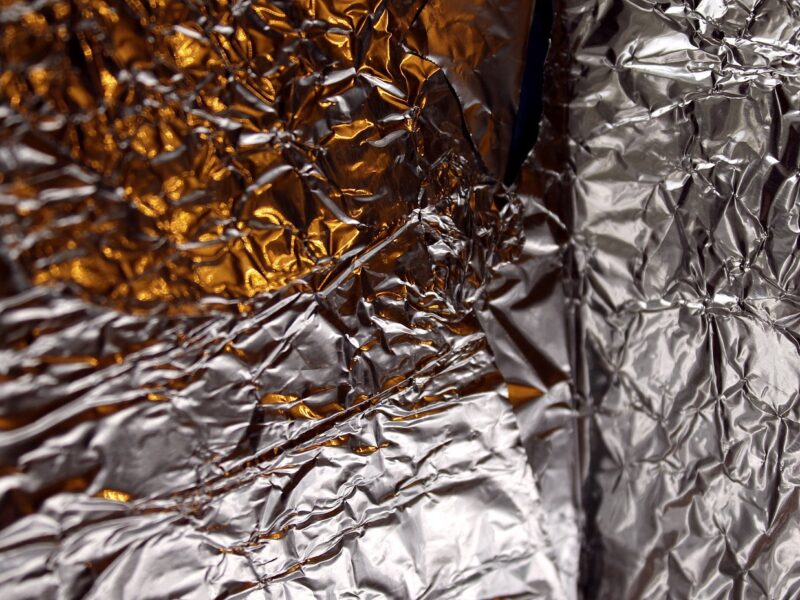


MONTREAL – A new study has revealed that the piece of tinfoil you thought was big enough to cover a lidless tupperware container is, in fact, not big enough.
Researchers from Concordia University confirmed that the tin foil piece you tore off to cover your post-midnight dinner at 1:04AM on Tuesday was just a little too small.
“There isn’t enough foil here to cover your leftovers,” said lead author Dr. Julianna Berkowitz, who runs Concordia University’s Center For Meal Prep Studies.
Another study from the University of Guelph suggests you’re not alone. Analyzing over 7 million regular or semi-regular tin foil users, the 2022 longitudinal study found that between 80-90% of subjects fail to take into account that some extra tinfoil is required to crinkle around the edges of the container to properly stick it on.
Of those who fail the first tear, 65% go on to tear a second piece. Most users combine this second piece with the first piece to create a sort of Frankenstein piece of tin foil that they then mush together to create a shiny aluminum crust caked around the edges of the tupperware container in question.
Because of the issues with tin foil, some people have made the tough decision to switch to plastic wrap, but the see-through material comes with its own set of problems.
“It’s hard to tear properly, and if you do manage to get a good piece it usually just starts sticking to itself which is a complete pain in the ass,” explained Jean-Pierre LeDuc, a lifelong homemade ham sandwich-eater.
“Then on the other end of the spectrum, you have wax paper, which isn’t sticky at all. It has absolutely zero adhesive effect, it just glides off of itself.”
Thankfully, not all hope is lost. McGill University Mathematician Andrew Granvel recently developed and published a formula for calculating the perfect-sized piece of tin foil.
“I was so fed up with just winging it when it came to tin foil that I decided to bring in the big guns: geometry. I calculate the surface area of the container top using the side lengths, then use trigonometry to find out how much extra tin foil will be needed to crinkle around the edges. It’s rather simple,” continued Dr. Granvel. “I then head down to the physics lab and use precision lasers to make the cut. It works every time.”


